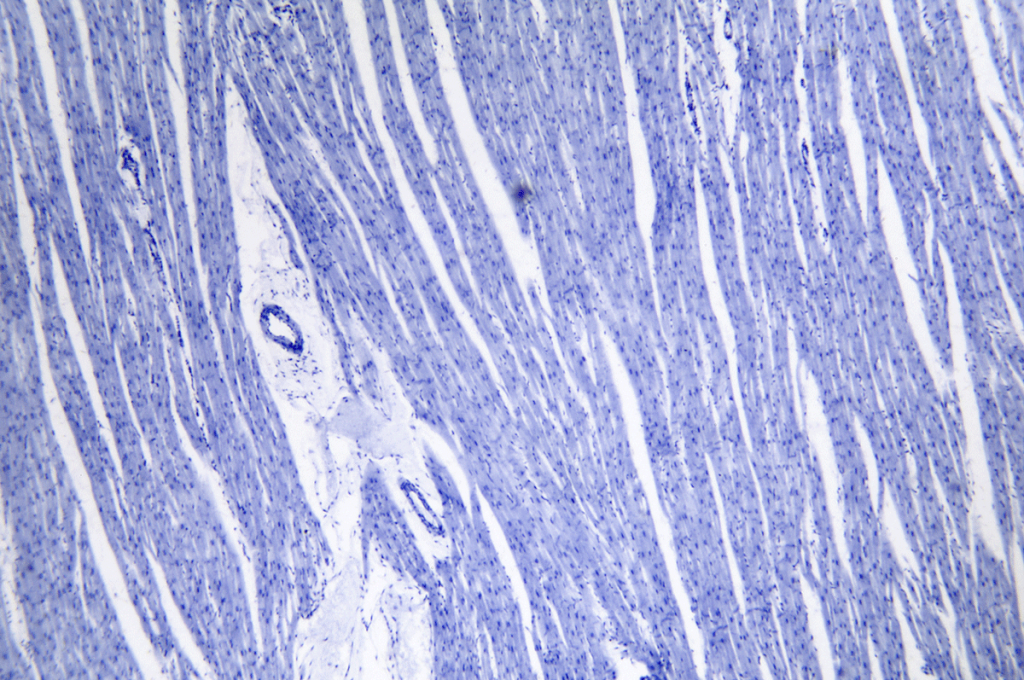Stimulating Heart Muscle Cell Growth Breakthrough

Scientists have discovered a way to stimulate muscle cell growth in the heart, limiting the damage to this vital organ after a heart attack.
It’s hoped this exciting research, where scientists discover how to stimulate heart muscle cell growth (within the theart), which was conducted by Professor Eldad Tzahor from the Weizmann Institute of Science in collaboration with Professor Richard Harvey at the Victor Chang Institute, could help the 55,000 Australians who suffer a heart attack each year.
Heart attacks still claim the lives of 26 Australians every day – that’s one heart attack every ten minutes.
Heart attack occurs when one of the vessels that feed blood to the heart muscle becomes blocked. Within just minutes of a heart attack, heart muscle cells begin to die on mass. Starved of oxygen, billions of cells can be lost, causing permanent damage to the organ.
Scientists have now found a new way to potentially regenerate the heart after a heart attack by replacing lost muscle cells. According to Professor Richard Harvey from the Victor Chang Cardiac Research Institute, this is an important step forward toward repairing a broken heart.
“Unlike blood, hair or skin cells, which can renew themselves throughout life, cell division in the heart virtually comes to a standstill shortly after birth, which means the heart can’t fully regenerate if it is damaged later in life,” Professor Harvey explained.
“The scientists wanted to find a better way to stimulate the regeneration of heart muscle cells in adults, to improve recovery after a heart attack”.
“Previous studies have demonstrated that it is possible to coax heart muscle cells to proliferate again, but only at very trivial levels.
“What the research team has been able to do is boost heart muscle cell numbers by as much as 45% after a heart attack. That’s a huge improvement!”
Scientists focused on a signalling system in the heart driven by a hormone called ‘neuregulin’.
By switching the neuregulin pathway to ‘turbo charge’ the researchers found that heart muscle cells continued to divide in a spectacular way in both the adolescent and adult periods.
Stimulating the neuregulin pathway during a heart attack lead to replacement of lost muscle.
“It’s a big achievement that will focus the attention of the field on heart muscle cell replacement as a therapeutic option for ischemic heart disease.
“The dream is that one day we will be able to regenerate damaged heart tissue, much like a salamander can regrow a new limb if it is bitten off by a predator. Just imagine if the heart could learn to regrow and heal itself. That would be the ultimate prize!”
The study has been published in Nature Cell Biology. To read more click here

